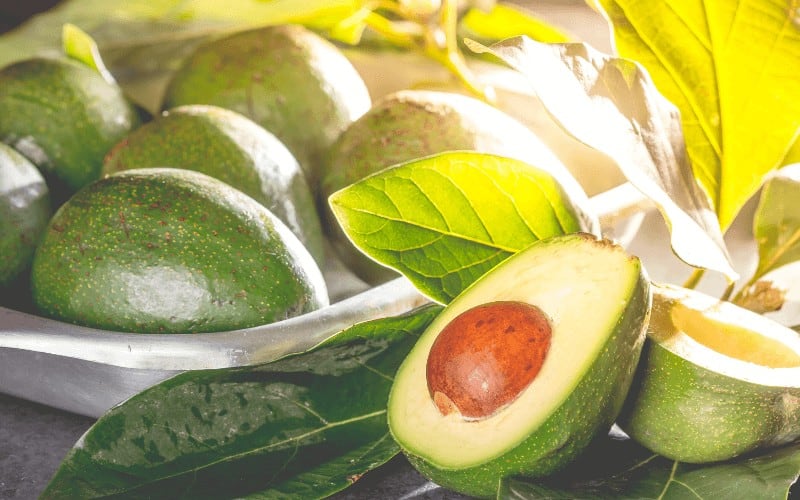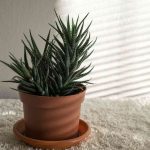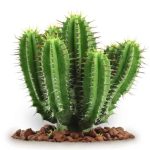Currently, a lot of people are more concerned about "man-made" fruits and vegetables. While these man-made veggies and fruits are still safe and nutritious, many people just want to know how they came to be in their current. So, are avocados man made?
With fruits like oranges and apples being verified to be man-made hybrids, what about avocados? Well, the answer is Yes, avacado is also a man-made tree, and we will give you the details below.
The truth is, many years ago - we're talking about centuries ago - farmers looked out for wild plants with specific traits and cross-bred them to create domesticated species.
Most of the plants we cultivate in our gardens and farmlands are domesticated species of some plants that existed (and some are still existing) in the wild.
But we can't say much about avocados yet - not until we take you through the history of this common fruit.
Table of Contents
Where Do Avocados Come From Originally?

Avocado (Persea Americana), is a fruit tree believed to have originated from southcentral Mexico, is a species of flowering plant in the family Lauraceae.
The tree is called avocado and the fruit is also called an avocado pear or alligator pear; simply called pear or avocado.
Typically, the avocado tree is propagated through grafting, and this is done to maintain its predictable fruit quality and quantity.
You will find avocados in many countries worldwide, and there are many varieties - each appearing in different colors; green, purplish, or brown.
There are two known types of avocado flowers, codenamed based on their cultivars, A and B. It is believed, and according to multiple reliable sources, that avocados were first domesticated in tropical America, which also influenced the name, Persea Americana.
However, avocados were initially cultivated as individual seedling trees until about 1900, when horticulturists intervened. The tree is now being cultivated in many countries and regions worldwide.
Apparently, the modern-day cultivated avocados are different from the initial original species that existed prior (in the wild).
The wild avocados were very small, large-pitted, fibrous, and yielded a tiny layer of that creamy greenish flesh many people love. In contrast, the common avocados of today are bigger in size and taste better.
Are Avocados Man Made?
Yes, they are hybrids that were selectively bred by olden-day farmers. This method, selective breeding, has been followed by many farmers of old to create new varieties and species of plant.
Mainly, domestication, or selective breeding, is an ancient planting technique followed by early farmers to achieve new plants with purposed traits.
The common types of avocados are grouped into two cultivar groups, A and B. Check the full list below:
Group A cultivars
- Choquette
- Lula
- Hass
- Reed
- Pinkerton
- Gwen
- Maluma
Group B Cultivars
- Ettinger
- Sharwil
- Zutano
- Brogden
- Fuerte
- Bacon
These are the common cultivars of the cultivated avocados; there are actually over 500 avocados cultivars.
Each of these cultivars is endemic to different regions and produces a different type of avocados. Hence, some avocados are bigger in size, weigh more, and taste differently.
Regardless, all varieties of avocados are safe to eat and deliver loads of nutrients to the human body. Avocados may have originated from Mexico, but they are not being cultivated worldwide.
Related Articles:
Conclusion
So, are avocados man made? Yes, they are man-made hybrids; however, this doesn't mean they were manufactured in some labs.
Avocados were transformed naturally to appear and taste the way they do right now. If not for human intervention, the wild avocados aren't actually as appealing and tasty as Hass or other avocado varieties.
More so, various reliable health sources have validated that virtually all varieties of avocados are very nutritious and safe to eat.
If you were concerned about your favorite fruit being man-made, now you have your answer, and it shouldn't stop you from eating avocado!




